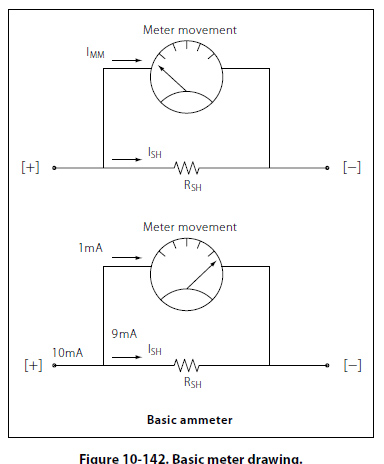easyrider
Well-Known Member
I decided to change my car from amp meter to volt meter. I took the wires that went to my amp meter and ran them to my volt meter. When I hooked the battery back up I had no interior lights/radio/horn/ cranking...etc. So, I decided that the gauge must be bad and I took it back for a new one. This one is doing the same thing. I put a test light to the hot side and grounded it and there is power going to the gauge, but I put the test light to the other side of the gauge and there is nothing, and if I cross the post on the gauge the lights and everything comes back on. So, I'm going to you guys to help me sort this problem out. I hate to think I could get two bad gauges, I know it is possible, but I think the problem is simpler than a bad gauge. Can anyone give me a reason for my problem? Thanks!

















